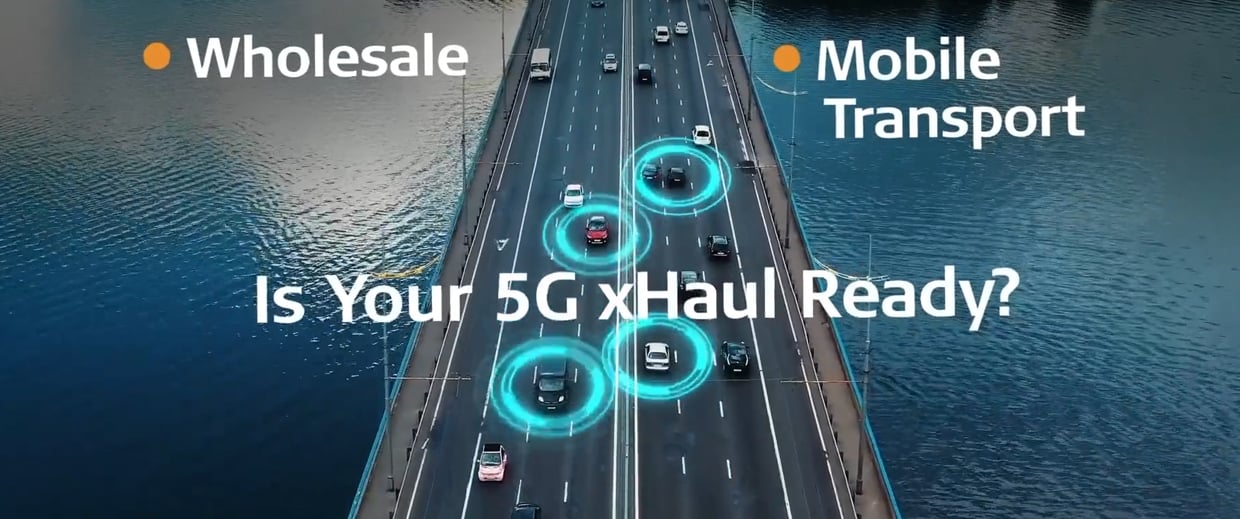Carrier Ethernet for Business Services
Easily plan, deploy, provision, and maintain SLA-based business services over any access: fiber/copper/TDM/mobile, with Carrier Ethernet access and aggregation supporting rates up to 1/10/25/100G/400G*. Solution for business class access to internet, cloud and VPN services.
Implementing the Solution

The Challenge
Deliver carrier-grade L2 business services in a cost-effective manner over a variety of infrastructure technologies in different customer locations.

Our Approach
MEF-certified Carrier Ethernet demarcation and aggregation with the same service look & feel over any access.

Your Benefit
Enable premium business services while reducing costs on testing and inventory.
RAD’s Solution Highlights
for MEF-3.0 with standard NETCONF/YANG northbound interfaces
aggregation with dynamic edge support for monitoring and policing
for L2 fixed-wireless access (FWA) over mobile (4G/5G) transport, enabling link backup & fast roll-outs
service provisioning, visibility and reporting using RADview Service Manager and RADview Performance Monitoring portal
Elevate Your Network Efficiency with RAD's MEF-Certified Carrier Ethernet and Automation Solutions
Choose RAD’s MEF-certified Carrier Ethernet with automation support over any access. RAD allows you to deliver uninterrupted VPN services and offer your customers attractive pay-as-you-grow pricing to support their evolving needs. RAD’s ETX solution shortens your Time to Cash by using readily available LTE or broadband networks to deliver Ethernet services to your customers. Automated on-boarding installation enables you to reduce costs and minimize truck rolls, while service lifecycle management shortens time to repair.
With RAD’s next gen EAD you can respond quickly to growing traffic demands, create new revenue streams and gain a competitive edge.


